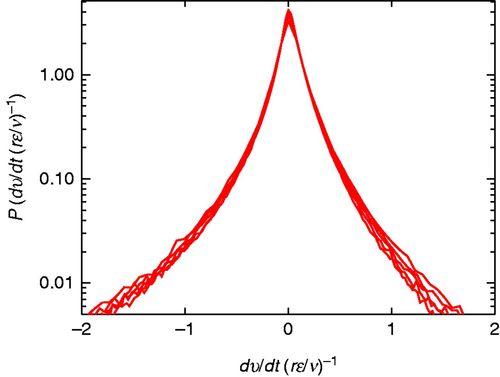Predator–prey encounter and capture rates in turbulent environments
Abstract
Predator–prey encounter and capture rates are key drivers of population dynamics of planktonic organisms. Turbulent mixing gives rise to enhanced encounter rates, but high turbulence levels may reduce capture rates. We present an estimate for the optimum turbulence level for a predator that is characterized by a number of parameters, such as its range of interception. A limit at small spatial scales is recovered where classical diffusion competes with turbulent motions. Particular attention is given to the question of turbulence-induced noise signals, which a predator can misinterpret as indicators of prey. Analytical expressions are obtained for the occurrence of these “error signals” in terms of the basic parameters of the problem. The basic hypothesis rests on the assumption that if several such error signals are received within a time needed for the predator to capture prey, then its capacity for capturing prey is reduced or even made impossible. The aim of the study is to present closed general analytical expressions for the capture rate in turbulent environments, where the results contain free parameters that can be used for modeling selected species. Statistical descriptions of the velocity fluctuations on spatial scales in the viscous subrange of turbulence are determined and placed in the context of predator–prey encounter and capture rates. The relevant probability densities are obtained by direct numerical solutions of the Navier–Stokes equation for turbulent conditions. The analysis is given a compact formulation in terms of scaled dimensionless variables.


 求助内容:
求助内容: 应助结果提醒方式:
应助结果提醒方式:


